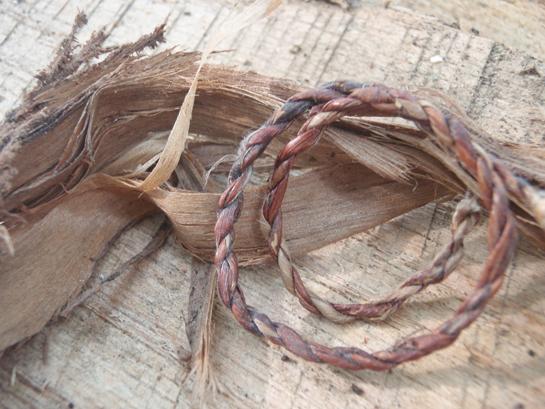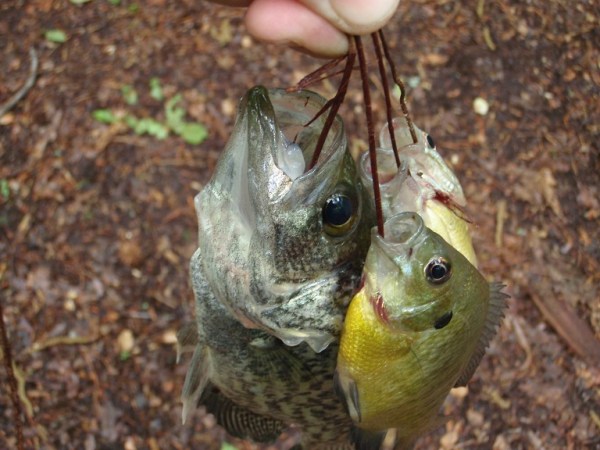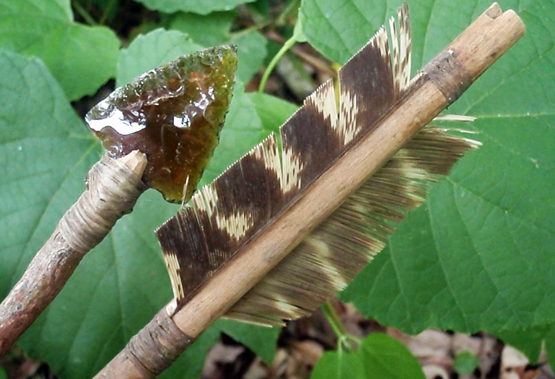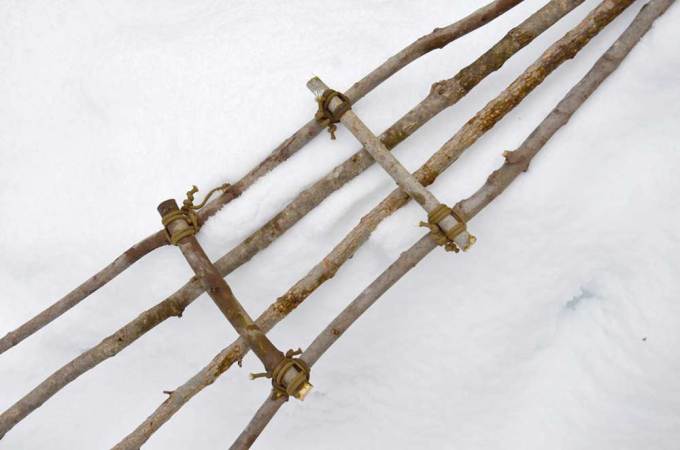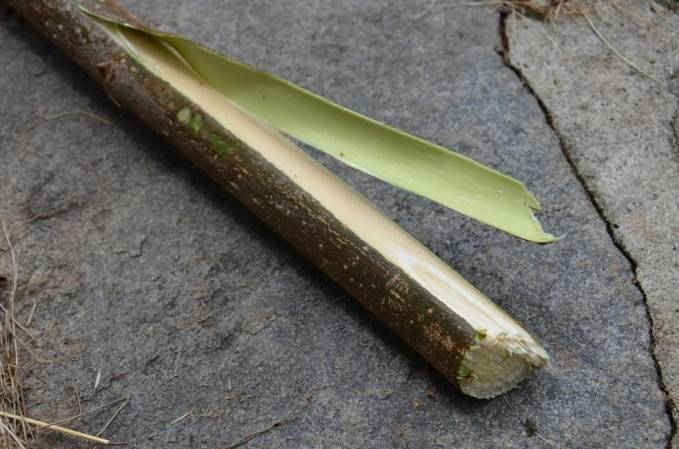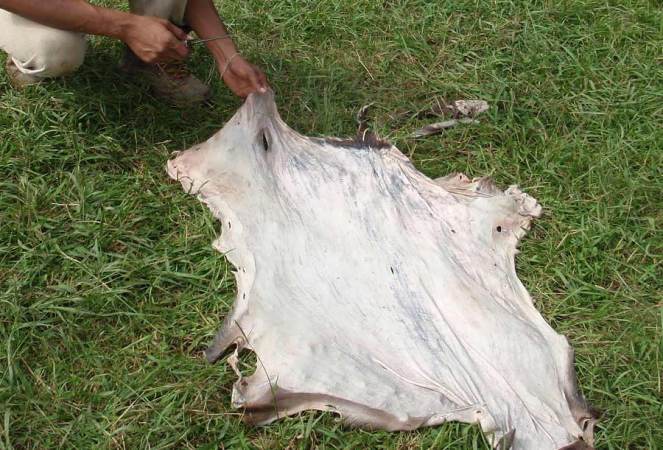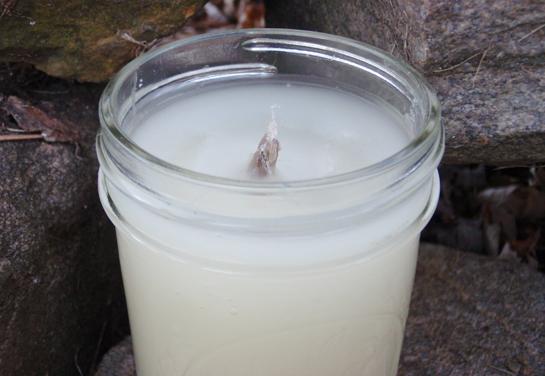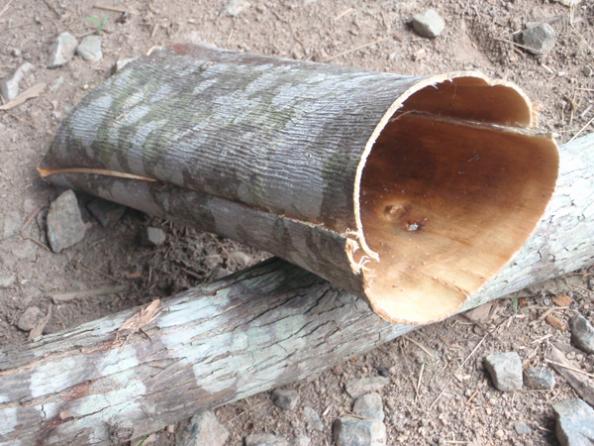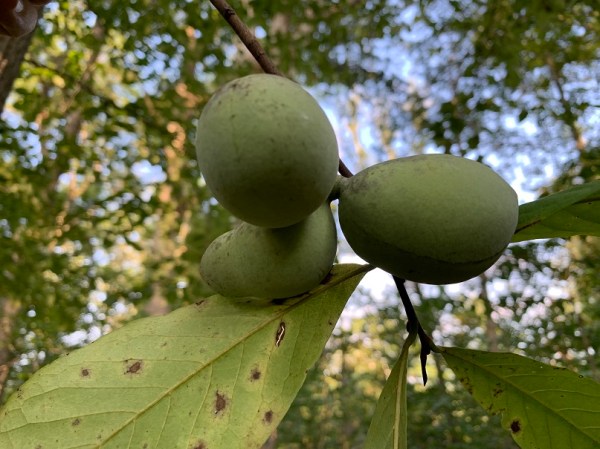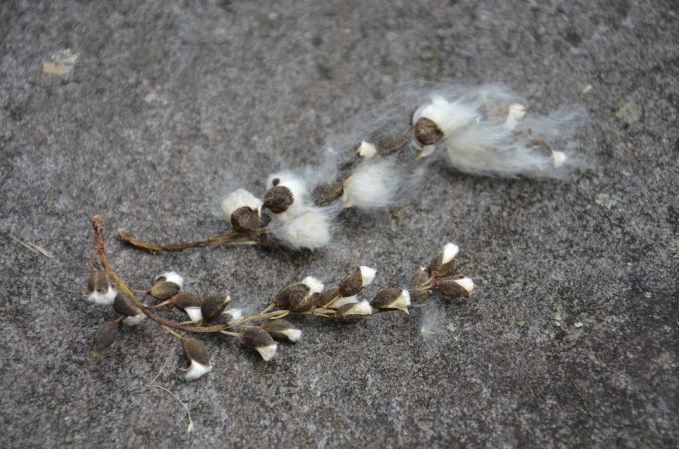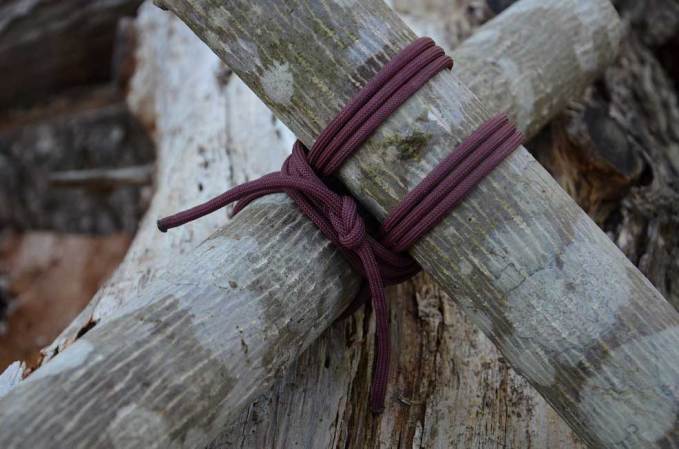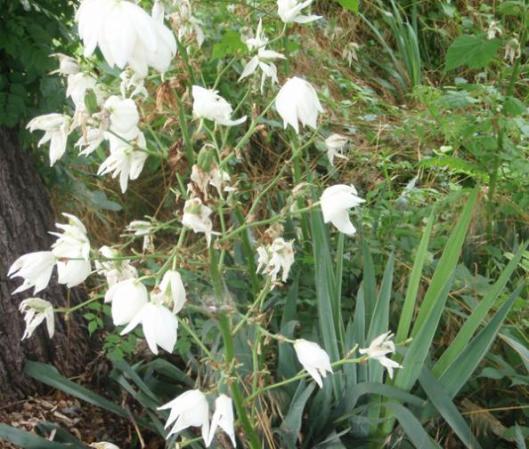Our ancestors made cord, twine, and rope from a diverse number of fibrous plants throughout the world. Often, this cord would find its way into every facet of life, from clothes and tools, to fishnets and bow strings. Try going camping without cord and see how well you do.
All is not lost, however, if you come up short. Luckily for us, there is plenty of plant fiber out there that can be turned into rope. The fibers of many different materials can be used in strips or ribbons, in the same condition as they are harvested. Fibers can also be separated and cleaned, and then twisted into traditional, multi-ply cordage.
Collecting Fiber
Collect some dead branches or saplings that show some fiber or “strings” peeking out of rotten spots in the bark. Tulip Poplar, Basswood, Cedar, Willow, Elm, Mulberry, and many other trees produce fibrous inner bark that can be used as a raw material for cordage. These inner barks can be harvested from dead branches and tree trunks that have rotted to just the right consistency. The bark can also be stripped from live tree trunks and branches, and rotted in water. This process is traditionally called retting (old word for rotting). Place the bark strips under water and leave them there for several days. Then check the fibers every day until they separate from the outer bark into “ribbons.” Twist them into cord while they’re wet, or after drying, or use the ribbons for quick tying jobs. FYI, retting fiber is a very smelly process, especially in warm weather.
You can also use the bark of plant stalks like Dogbane, Stinging Nettle, Milkweed, Fireweed and many other plants as useable fibers for cordage after they have died and dried up in the fall. Many of these plants are available for good cord only in the fall, breaking down too much later as they weather. Dogbane, however, is very rot resistant and the fiber will remain useable for 9 months or more, even while exposed to the outdoors.
Making Rope
Once you have some fiber, the quickest way to use it for cord is to use long flat ribbons of bark and tie with the ribbons “as is.” This is all right, but a few more seconds of work twisting it into a spiral bundle will make it stronger and more flexible. Just twist a length of bark fiber, and tie up your project to keep the bark twisted and strong. Of course, the best traditional approach in rope making is to twist the fiber into a two ply rope. This technique is often called reverse wrap. It works like this…
1) Take a long bundle of fiber and twist it until it kinks up with a loop in it. Your one bundle of fiber will now look like two bundles of fiber connected by this kinked loop.
2) Hold the loop and continue to twist one fiber bundle individually, in the same direction it was going when it kinked.
3) Wrap the other bundles around the first bundle and twist the new one in the same direction. The punch line is this. Each of the two “plys” twists the same way (clockwise for example), but they spiral around each other in the opposite direction (counterclockwise, in this explanation). This is how rope was made back in the day. I hope you give it a try.
